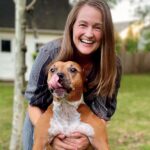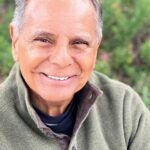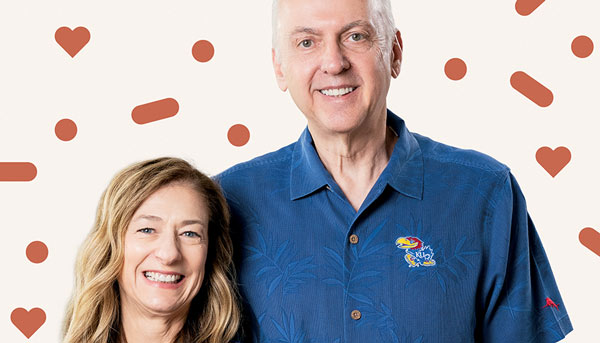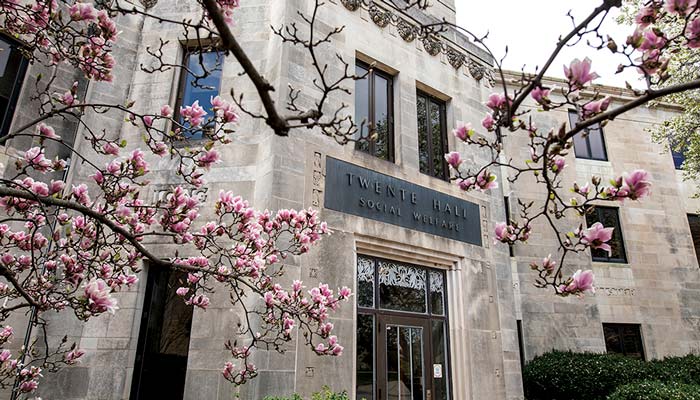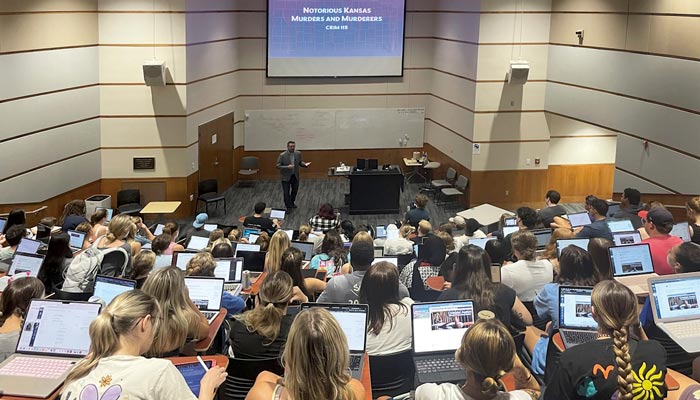‘Working poet’ touts diverse voices in laureate role
Stories form common thread of alumna’s writing and art
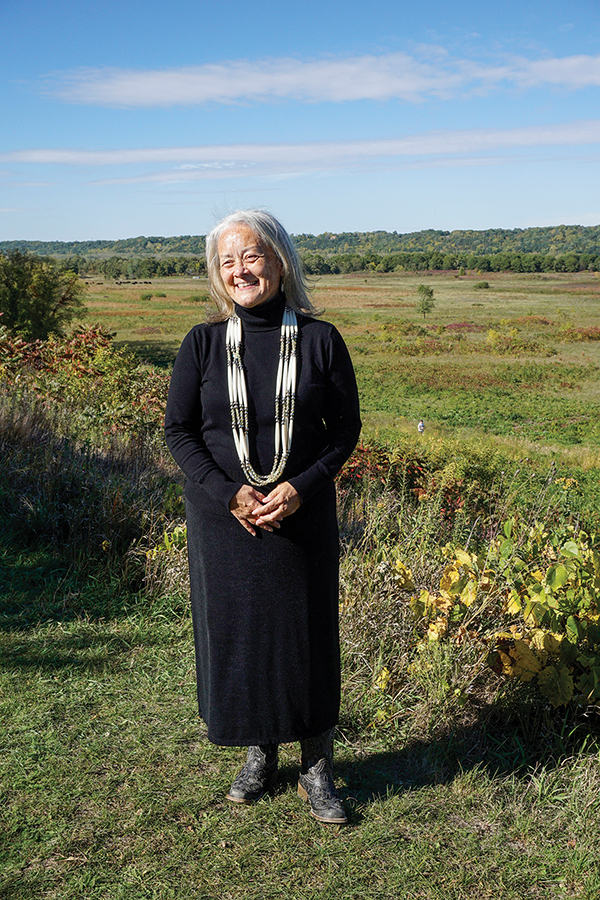
The appointment of Gwen Westerman as Minnesota’s new poet laureate in September was hailed as an important first: Westerman, who grew up in Kansas steeped in the traditions of two tribal cultures, is the first Indigenous person to hold the title in a state that owes so much of its history and culture—in fact, its very name—to the Native Americans who called Minnesota home for centuries before white settlers arrived.
An enrolled member of the Sisseton Wahpeton Oyate, her father’s people in South Dakota, and a citizen of the Cherokee Nation, her mother’s people in Oklahoma’s Flint District, the writer and textile artist draws much of her creative inspiration from tribal and family stories and from traditional bead and ribbon work that can still be seen in the regalia of Kansas tribes today.
Incorporating traditional Native stories and crafts into her own poems and quilts is an essential part of Westerman’s creative approach. And yet …
“At first, I was kind of hesitant about that addition to the title, the first Native American poet laureate,” says Westerman, PhD’94. “Then I thought, ‘Well, I won’t be the last.’ It also sets the stage for the first African American poet laureate, the first Chicano-Latino, the first Asian or Hmong or Somali poet laureate of Minnesota.
“To me that is exciting. And then there will be no more firsts, and that will be even more exciting.”
Westerman’s parents met at Haskell Indian Nations University in Lawrence, and later moved to Wichita, where she graduated from high school. She attended Oklahoma State University as a chemistry major, switching to English senior year. “I couldn’t pass physical chemistry,” Westerman says, laughing. “I just hit a brick wall.” Her English degree and deep science background led to a job as a technical writer and, eventually, head of corporate communications for a Kansas City company. Taking advantage of her employer’s tuition assistance benefit, she enrolled in KU’s PhD program in English.
As poet laureate, Westerman will try to encourage and support a wide range of voices, including beginning poets, writers outside of the Minneapolis-St. Paul arts epicenter, and people of color. The role requires her to participate in at least five public events annually at schools and public libraries, and Westerman hopes to use that platform to focus attention on Minnesota’s varied landscapes by asking “younger, aspiring” writers to write about the state park nearest their home.
While programs are important, there’s also value in the example she sets by filling the role, which is appointed by the governor and overseen by the Minnesota Humanities Center, an independent nonprofit affiliated with the National Endowment for the Humanities.
“When I interviewed with the Minnesota Humanities Center, I said I will be a working poet, because I have a full-time job,” says Westerman, who is professor of English at Minnesota State University, Mankato. “I won’t be sitting as much as I would like to in the rose-covered cottage by a lake dreamily writing poetry all day.” For anyone who wants to write but thinks they don’t have time, she hopes her example “lets them know that here’s somebody who has a job and other responsibilities and makes time to write, that it’s not such a Herculean task as some people might think.
“I also believe it’s important for communities of color to see a person of color in a prominent arts position in this state. It kind of falls in with that if-you-see-it-you-can-be-it idea, that yes, our voices are important, and validated and held up.”
Westerman wrote a 2013 poetry collection, Follow the Blackbirds, and co-authored Mni Sota Makoce: The Land of the Dakota, a history that won two Minnesota Book Awards. Her textile artworks, mainly quilts that feature traditional Native bead work and hand-appliqued ribbon work, are included in the permanent collections of the Minnesota Historical Society, the Great Plains Art Museum, the University Art Galleries at the University of South Dakota and the Children’s Museum of Southern Minnesota in Mankato.
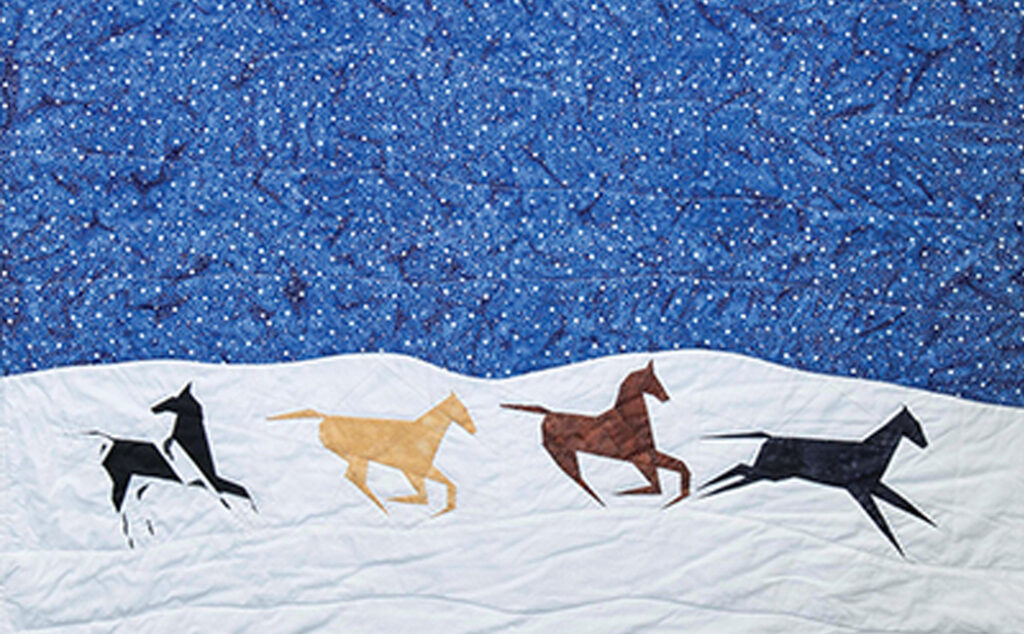
by Gwen Westerman
“I see textile art and poetry as almost two sides of the same coin; to me they’re both forms of storytelling,” Westerman says. “The quilts I create tell traditional tribal stories and tell stories about the land. I’m choosing fabrics and often creating smaller pieces and putting them together to create a larger shape to tell a story, and it’s the same thing with writing. I have an idea, I choose my words carefully and they have to complement each other in the same way that colors in my textile art complement and work together. The foundation for both of those art forms is storytelling and a connection to family and the land.”


